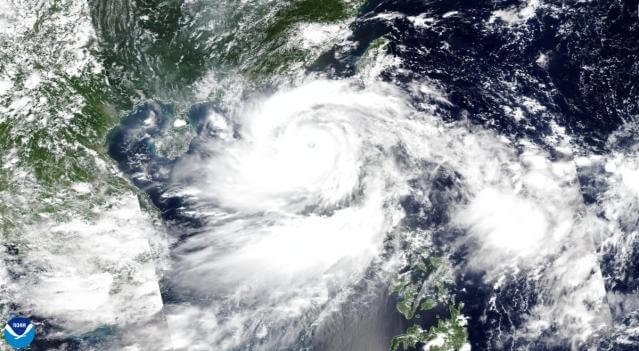China is bracing for the impact of super typhoon Yagi, evacuating 400,000 people from the tourist island of Hainan. The storm, packing winds of up to 150 mph, is expected to land later today.
Transportation officials have extended the suspension of flights, trains, and boats into a second day, while education officials have chosen to keep schools closed in affected areas. Yagi has doubled in strength since wreaking havoc in the northern Philippines, where it killed at least 13 people and forced thousands to evacuate.
Meteorologists warn that Yagi may cause catastrophic damage in Hainan and neighboring Guangdong, China’s most populous province. The storm is classified as an “extremely dangerous and powerful” super typhoon, equivalent to a Category 5 hurricane.
Authorities in Hainan have shut down tourist attractions and warned of massive and destructive winds. Transportation authorities have shut down the Hong Kong-Zhuhai-Macau bridge, the longest sea crossing globally, to ensure public safety.
Heavy rainfall and strong gales have been battering the region since Thursday, with China’s weather authority expecting up to 20 inches of rain. Typhoon Yagi will deliver the most powerful blow to Hainan’s southern coast in ten years. This region is already familiar with the ferocity of typhoons.
Yagi will weaken after hitting China, then strike northern Vietnam again late Saturday. Vietnamese authorities are warning of potentially catastrophic damage and have shut down four airports in anticipation of the storm.
Scientists say that typhoons and hurricanes are becoming stronger and more frequent due to climate change. Warmer ocean waters and an atmosphere mean storms pick up more energy, leading to higher wind speeds and more intense rainfall.
Typhoon Yagi’s impact comes just a week after typhoon Shanshan hit Japan, killing at least six people and injuring hundreds. The storm’s fury is a stark reminder of the devastating power of nature.









